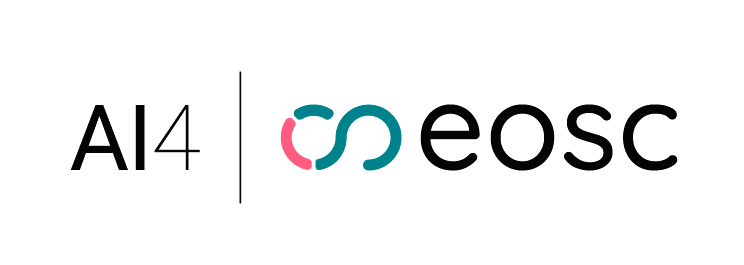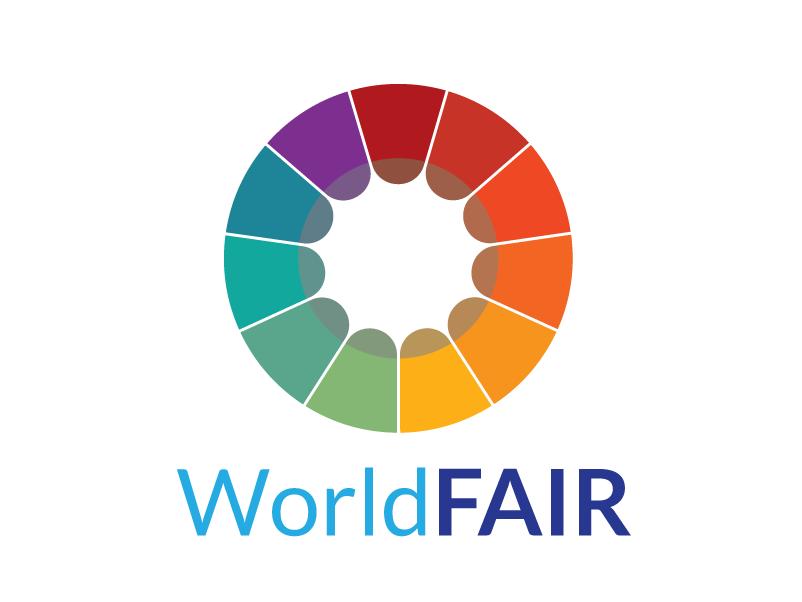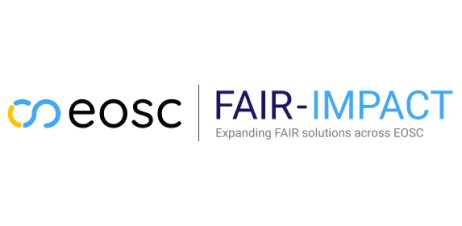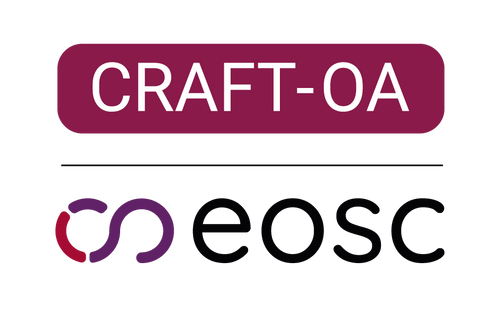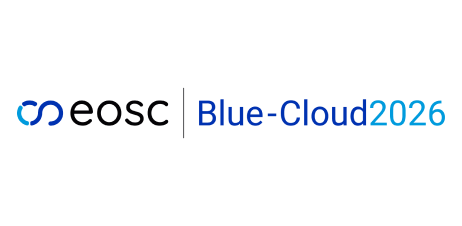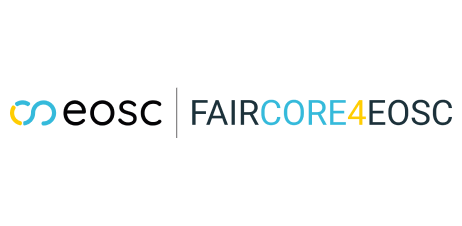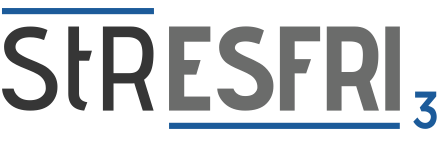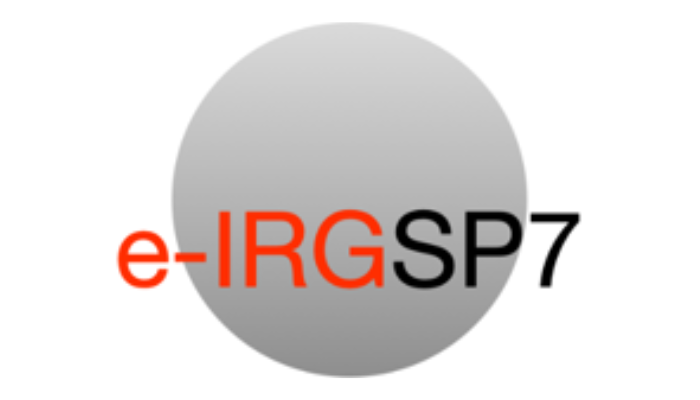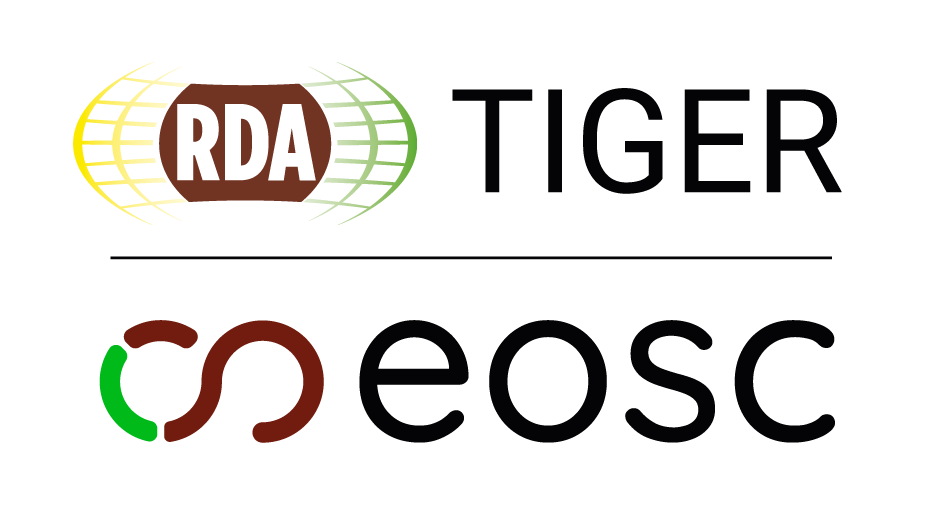The format of the EOSC Macro-Roadmap has been updated to accommodate the growing amount and variety of data included in it.
The new catalogue-based Macro-Roadmap can be found here:
Below you can navigate EOSC-related Horizon Europe project results over time and according to selected SRIA Action Areas (SRIA 1.x).
EOSC-Related HE Project Results 2021-2027
Horizon Europe Project results = ![]()

EOSC interoperability
0
0
0
0
0
0
0
2
0
1
1
0
4
3
5
1
3
9
3
3
3
18
1
4
0
1
1
1
0
0
0
0
FAIR metrics & certification
Metadata and ontologies
Persistent Identifiers
Software
User / Resource provider environments
Engaging ESFRIs
Landscape Monitoring
Widening to public and private sectors & going global
Reward and recognition
0
0
0
0
0
0
0
0
0
0
1
0
0
4
1
0
1
1
1
1
1
0
0
3
0
0
0
0
0
0
0
0
Skills and training
Cancer mission
0
0
0
0
0
0
0
2
0
0
0
0
0
0
1
2
2
0
0
0
0
0
0
0
0
0
0
0
Ocean mission

